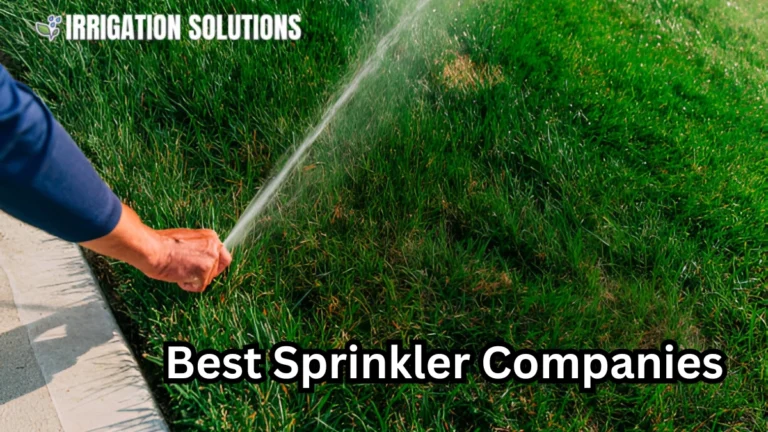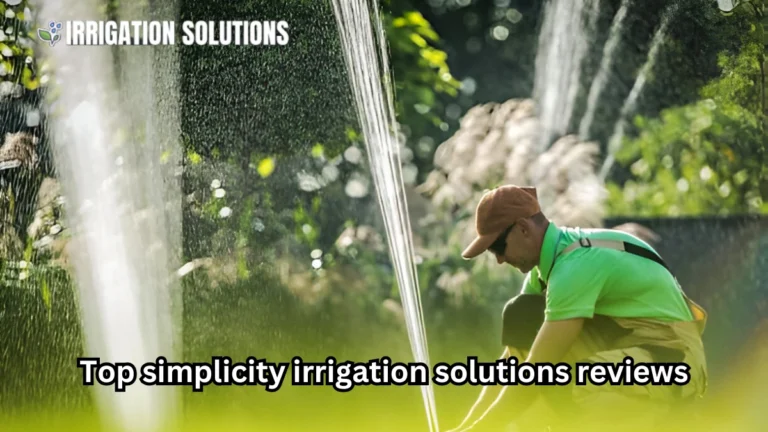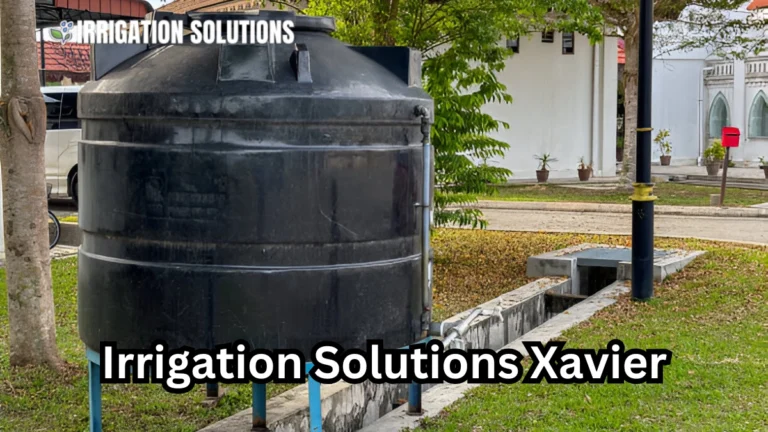Top irrigating solutions pulpectomy

Pulpectomy, a crucial dental procedure, requires meticulous execution to ensure success. One of the key factors in achieving optimal outcomes is the use of effective irrigating solutions. These solutions not only cleanse the root canal system but also reduce microbial load, aiding in faster recovery and long-term tooth preservation. In this comprehensive guide, we’ll explore the role of irrigating solutions in pulpectomy, their types, benefits, application techniques, and practical insights backed by case studies.
Understanding Pulpectomy and Its Importance
Pulpectomy is a dental procedure designed to remove infected or necrotic pulp tissue from the root canal system, typically performed on primary teeth to retain them until natural exfoliation. Effective removal of debris and pathogens is critical for maintaining oral health, and irrigating solutions play a pivotal role in this process.
Why Irrigation is Crucial in Pulpectomy
- Elimination of Microorganisms: Ensures complete removal of bacteria and biofilm.
- Debris Removal: Clears dentinal shavings and organic debris.
- Lubrication: Facilitates smooth instrumentation during canal preparation.
- Prevention of Blockage: Keeps root canals open and functional.
Types of Irrigating Solutions for Pulpectomy
The choice of irrigating solution can significantly impact the success of a pulpectomy. Here’s an overview of commonly used solutions and their properties:
Sodium Hypochlorite (NaOCl)
- Properties: Strong antimicrobial agent with excellent tissue dissolving ability.
- Concentration: Typically used in concentrations ranging from 0.5% to 5.25%.
- Advantages:
- Effectively kills most oral pathogens.
- Dissolves necrotic tissue quickly.
- Drawbacks:
- Can cause tissue irritation if extruded beyond the apex.
- Requires careful handling due to its corrosive nature.
Chlorhexidine (CHX)
- Properties: Broad spectrum antimicrobial with substantivity (lasting effect).
- Concentration: Commonly used in 0.12% to 2% solutions.
- Advantages:
- Effective against gram-positive and gram-negative bacteria.
- Low toxicity compared to NaOCl.
- Drawbacks:
- No tissue-dissolving ability.
- Can precipitate when combined with NaOCl, forming a harmful byproduct.
EDTA (Ethylenediaminetetraacetic Acid)
- Properties: Chelating agent used to remove smear layers.
- Concentration: 17% is the most commonly used.
- Advantages:
- Improves adhesion of sealers by exposing dentinal tubules.
- Enhances cleaning efficiency.
- Drawbacks:
- Prolonged exposure can weaken dentin.
Saline Solution
- Properties: Isotonic solution with no antimicrobial properties.
- Advantages:
- Safe for patients.
- Used as an adjunct to flush canals after applying other solutions.
- Drawbacks:
- Lacks disinfection capabilities on its own.
Herbal and Natural Solutions
- Examples: Green tea extract, propolis, and neem extract.
- Advantages:
- Biocompatible with minimal side effects.
- Exhibit antimicrobial properties while promoting healing.
- Drawbacks:
- Limited clinical studies compared to conventional solutions.
Comparative Table of Irrigating Solutions
| Solution | Antimicrobial Action | Tissue Dissolution | Biocompatibility | Key Use |
| Sodium Hypochlorite | Excellent | High | Moderate | Main irrigant for disinfection |
| Chlorhexidine | Good | None | High | Antimicrobial adjunct |
| EDTA | None | None | High | Removal of smear layer |
| Saline | None | None | Excellent | Final flush after disinfection |
| Herbal Solutions | Variable | None | Excellent | Complementary to conventional use |
Techniques for Applying Irrigating Solutions
Using irrigating solutions effectively requires precision and adherence to best practices. Below are some tips and techniques:
Delivery Methods
- Manual Syringe Irrigation: Most common method using disposable syringes and needles.
- Passive Ultrasonic Irrigation (PUI): Enhances penetration of solutions into dentinal tubules using ultrasonic activation.
- Negative Pressure Irrigation: Reduces the risk of extrusion and ensures thorough canal cleaning.
Best Practices
- Pre-Irrigation: Always pre irrigate the canal to remove initial debris.
- Volume Matters: Use ample solutions to ensure comprehensive cleaning.
- Avoid Over-Instrumentation: Prevents solution extrusion into periapical tissues.
- Combine Solutions: Alternate between NaOCl and EDTA for enhanced cleaning.
Case Study: Successful Pulpectomy Using NaOCl and CHX
Background: A 6 year old patient presented with a severely decayed primary molar. Radiographs revealed periapical radiolucency.
Procedure:
- Pre operative radiograph confirmed the diagnosis.
- Sodium hypochlorite (3%) was used for initial irrigation.
- EDTA was applied to remove the smear layer.
- Final irrigation with chlorhexidine ensured disinfection.
Outcome: Follow up after six months showed complete resolution of symptoms, with healthy surrounding tissues.
Common Mistakes to Avoid
- Using Excessively High Concentrations: Can cause tissue damage.
- Skipping Smear Layer Removal: Reduces the efficacy of sealers.
- Inadequate Final Rinse: May leave residues that impact healing.
Final Thoughts on Irrigating Solutions in Pulpectomy
Selecting the right irrigating solutions and using them correctly is essential for the success of pulpectomy procedures. While sodium hypochlorite remains a gold standard, combining it with other solutions like EDTA or CHX can enhance outcomes. Additionally, incorporating advanced techniques like ultrasonic activation can take the procedure’s efficacy to the next level.
Quote to Remember: “The success of a pulpectomy doesn’t just lie in instrumentation it’s the synergy between preparation and irrigation that ensures a healthy outcome.”
By adhering to these insights and practices, dental professionals can improve patient outcomes, ensuring long-term oral health. What are your preferred irrigating techniques? Share your thoughts below!






